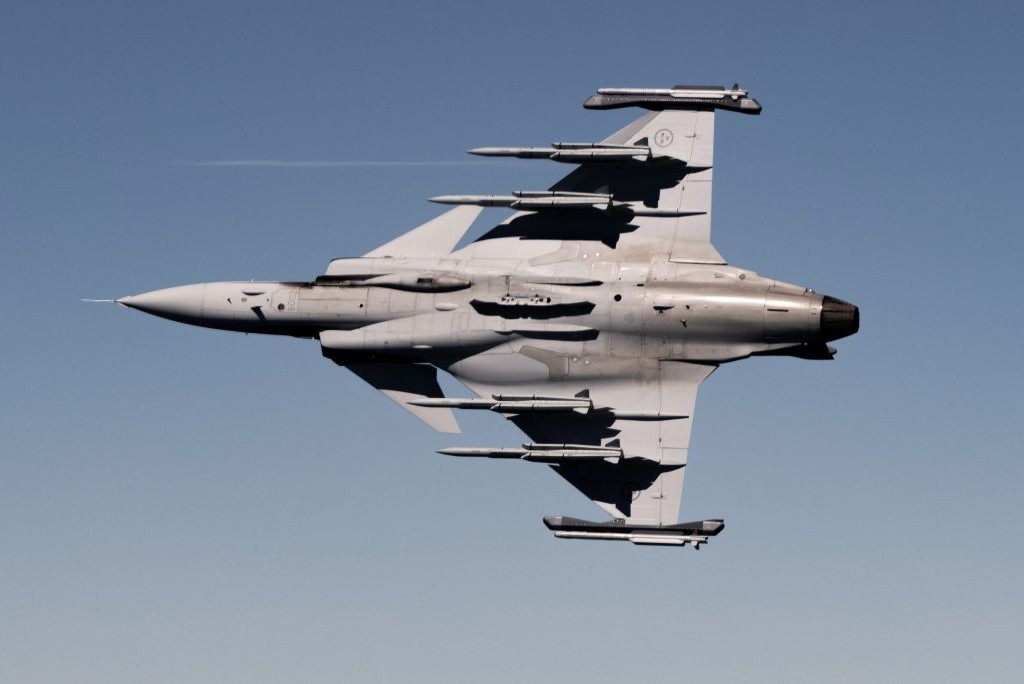Advancements in Sixth-Generation Fighter Development: GCAP’s Strategic Flexibility
Overview of the GCAP Program
The Global Combat Air Programme (GCAP), involving collaboration among the UK, Japan, and Italy, is poised to revolutionize air combat capabilities with the forthcoming sixth-generation fighter. Among its most noteworthy features is an advanced weapons bay designed for versatility—accepting a broad array of armaments compatible with NATO and U.S. systems.
Strategic Flexibility in Armament
Diverse Weapons Compatibility
Group Captain Bill Sanders, a senior official from the UK Ministry of Defence, emphasized the program’s imperative for adaptability in armament. The fighter jet must possess a weapons bay capable of integrating various munitions utilized not only by the program’s partners but also by NATO and U.S. forces.
- This versatility is critical, especially as operational experiences from Ukraine indicate rapid depletion of munitions during conflict, which strains supply chains.
- As such, the ability to access different stockpiles and supply chains enhances operational flexibility for commanders in the field.
Tactical Cost Management
Sanders elaborated on the necessity of deploying high-cost precision munitions at the onset of engagements to neutralize enemy defenses effectively. However, as the conflict progresses, there is a strategic shift toward utilizing less expensive, unguided ordnance.
- Key Consideration: The cost-per-kill ratio becomes unsustainable if high-priced weapons are continuously employed.
- Adopting a flexible weapons bay allows for the strategic management of munitions expenditure, providing commanders with the necessary tools to adapt to evolving battlefield scenarios.
Integration with Collaborative Combat Aircraft (CCA)
In addition to its armament capabilities, the GCAP platform must seamlessly interface with a variety of Collaborative Combat Aircraft, also known as CCAs. Sanders noted the importance of this interoperability:
- Operational Independence: Each of the partner nations is likely to develop proprietary CCAs, maintaining sovereign capabilities that the GCAP can support.
- Future Integration: While coalescing around a shared platform is a possibility, the current trend leans towards independent development, which enhances operational flexibility for each nation.
Emerging Themes in Aerospace Combat
The concept of Collaborative Combat Aircraft was prominently featured at the recent International Fighter Conference, demonstrating a growing interest in this area:
- Joint Discussions: Turkish officials raised the prospect of aligning a CCA with their recent purchase of Eurofighter jets.
- Industry Concerns: Jorge Tamarit-Degenhardt, CEO of Eurofighter, cautioned that the integration of varied CCAs could pose significant challenges, particularly in terms of resource allocation and development timelines.
Conclusion
The GCAP represents a crucial advancement in 21st-century air combat, emphasizing strategic flexibility through diverse armament compatibilities and seamless integration with emerging drone technologies. As this program develops, the adaptability it embodies will be vital for enhancing operational effectiveness in multi-faceted combat environments.





